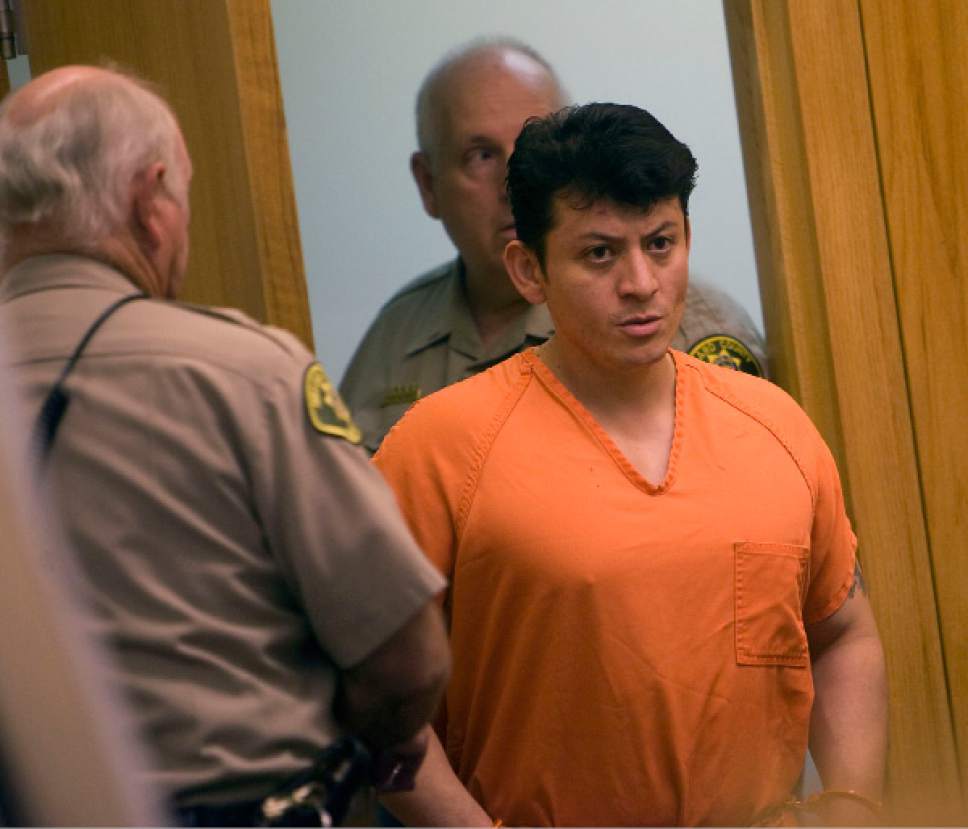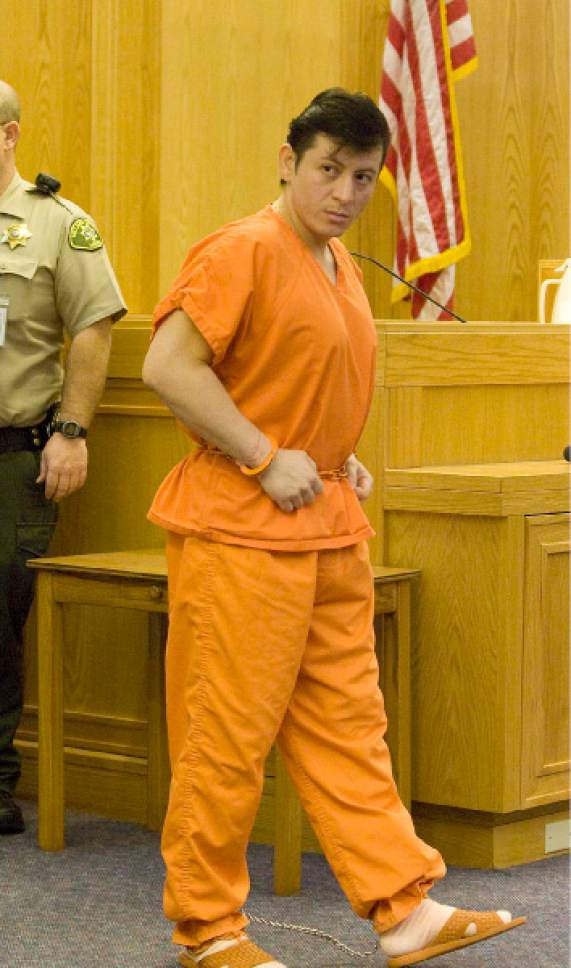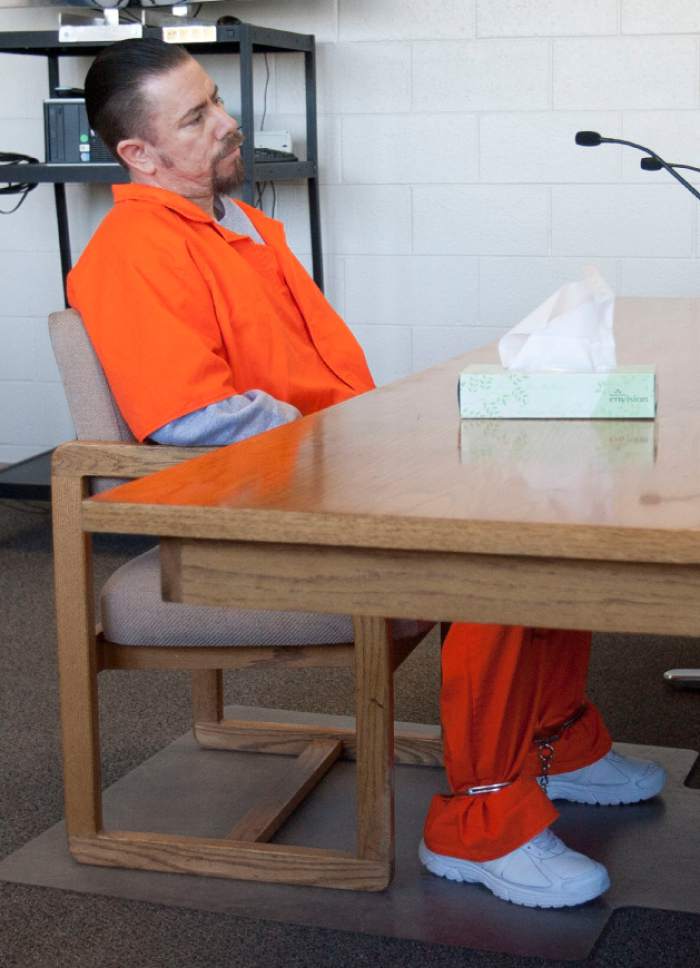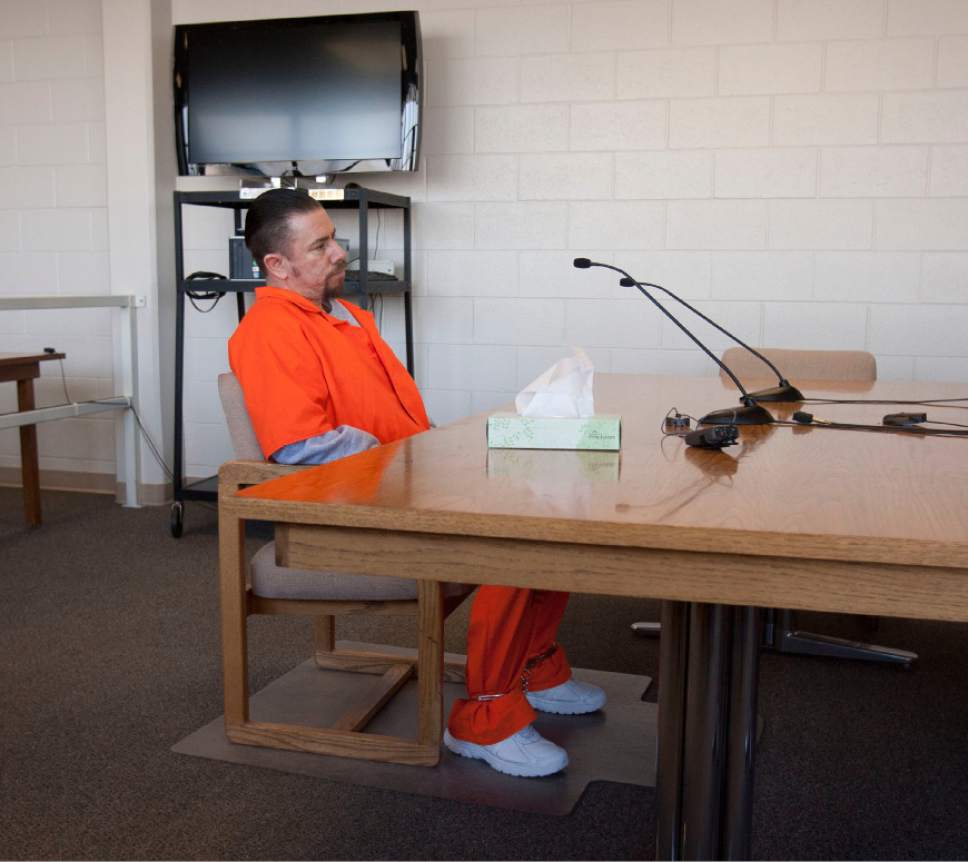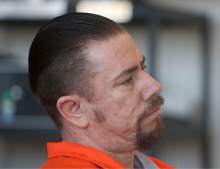This is an archived article that was published on sltrib.com in 2017, and information in the article may be outdated. It is provided only for personal research purposes and may not be reprinted.
A firearms examiner with the Federal Bureau of Alcohol, Tobacco, Firearms and Explosives testified Thursday, saying the circumstantial and physical evidence in the death of Millard County sheriff's Deputy Josie Greathouse Fox fits the confession of the man accused of killing her.
Gregory Klees, who works at the ATF National Laboratory Center in Maryland, said investigators reconstructed the scene in Delta where Fox was fatally shot on Jan. 5, 2010, to help him determine the trajectory of two bullets that were fired from inside a car the deputy had pulled over.
Based on his analysis of the tests and other evidence, he concluded that the assault rifle used in the shooting was held in the same way that Roberto Miramontes Roman said he held it, Klees testified. Investigators have said Roman admitted in a police interview that he killed Fox and demonstrated for them how he held an AK-47 rifle over his shoulder and fired as he sat behind the wheel.
But the defense's expert, Michael Knox, a forensic consultant, said the possibility that a passenger leaned over Roman with the AK-47 in hand and fired out the driver's side window cannot be eliminated.
Roman is being tried in U.S. District Court on charges that include a count of intentionally killing a law enforcement officer. Fox, 37, was shot as she approached the car, an occupant of which was suspected of being involved in a drug transaction.
Although he confessed after his arrest, the 44-year-old Roman was acquitted of murder four years ago at a state court trial. He had said his passenger — Ryan Greathouse, Fox's brother — grabbed the rifle and fired the shots.
Roman has said he confessed because Greathouse, who had bought methamphetamine from him shortly before the shooting, threatened to kill his children if he didn't. Greathouse, 40, was found dead from an overdose in a Las Vegas hotel room April 22, 2010.
In 2013, a federal grand jury indicted Roman on 11 charges, including intentionally killing a law enforcement officer. A federal judge ruled in 2014 that the charges do not amount to double jeopardy.
On Thursday, Klees and Knox — who used the car and the rifle in their separate testing — presented conflicting opinions on whether the shooter could have been in the passenger seat.
The crime-scene reconstruction, Klees said, involved placing a mannequin in the spot where Fox stood to determine the trajectory of the bullets. Evidence he found also included two smudge marks on the ceiling liner on the driver's side of the car, he said, created by strikes from the cartridges from the fired bullets.
At a firing range in Millard County, he said, an investigator about Roman's size fired the AK-47 — moving the rifle based on statements Roman made in his confession — to determine the orientation needed for the cartridges to hit the liner in the same spots as the smudges.
After the cartridges hit the ceiling liner, they landed on the back seat, Klees said. Under the circumstances of Fox's shooting, he said, cartridges from bullets fired from the passenger side would not land in the back seat.
Knox testified that in his testing, he fired three dozen shots out the driver's side window while in the passenger seat; he said 13 cartridges came to rest on the right rear seat.
Under cross-examination, Knox said his test shots left a lot of smudge marks on the ceiling liner, all of them on the passenger side.
In addition to hearing the testimony and watching video of the tests, jurors on Thursday viewed the car, which was brought to the parking garage at the federal courthouse in downtown Salt Lake City.
Twiter: @PamelaMansonSLC


